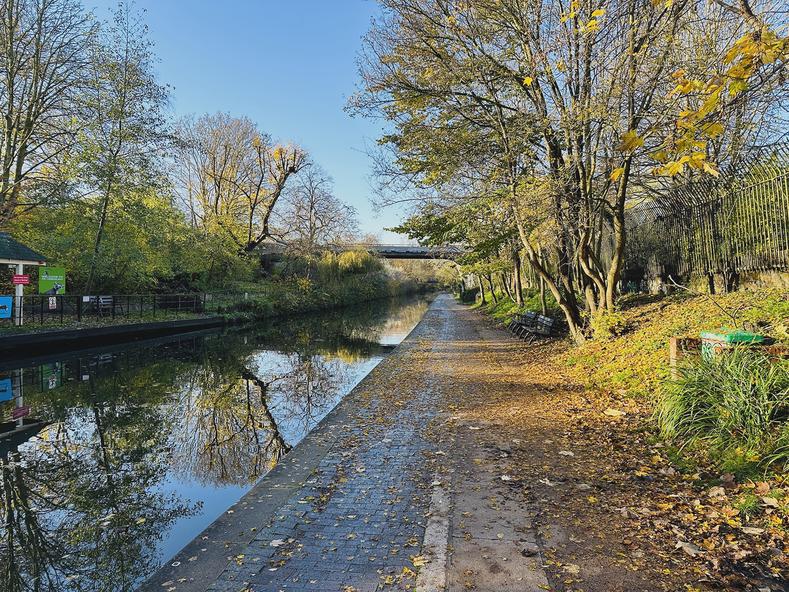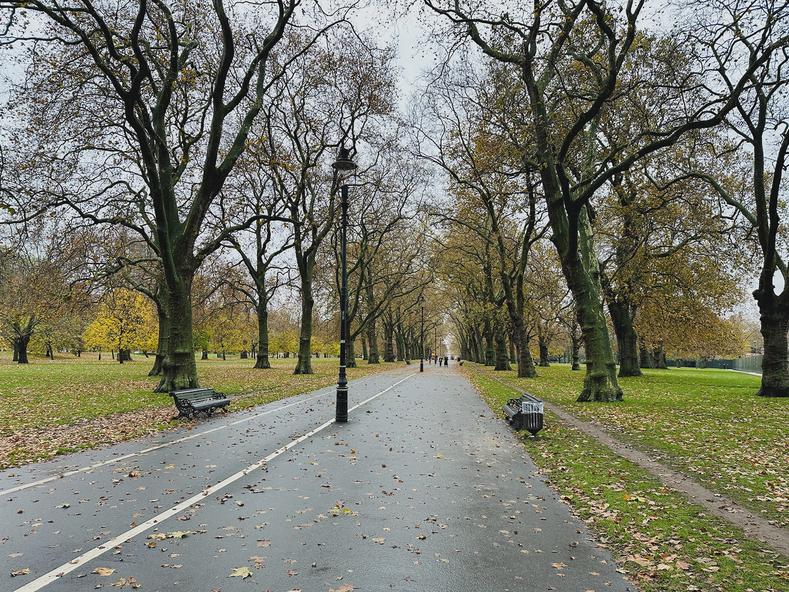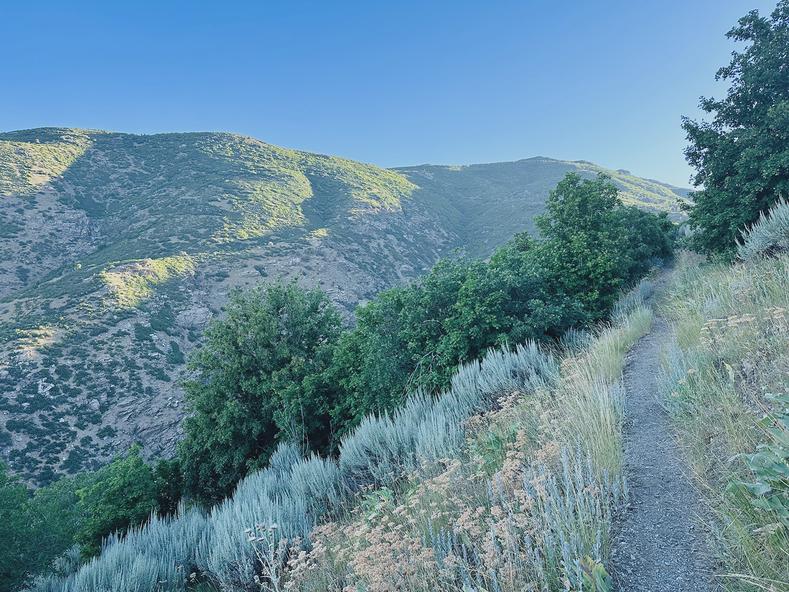Learning After 2,255 Miles

In 2023, I ran a total of 2,255 miles with a cumulative 147,877 feet of elevation gain. This was similar to the 2,165 miles and 181,394 feet of elevation gain in 2022.
| Month | Distance (miles) | Elevation (feet) | Time |
|---|---|---|---|
| January | 185 | 8,232 | 33h |
| February | 157 | 7,694 | 29h |
| March | 174 | 6,991 | 34h |
| April | 175 | 7,900 | 33h |
| May | 193 | 11,121 | 36h |
| June | 190 | 10,912 | 35h |
| July | 235 | 27,031 | 51h |
| August | 238 | 24,196 | 46h |
| September | 167 | 9,843 | 33h |
| October | 199 | 15,322 | 38h |
| November | 197 | 10,564 | 78h |
| December | 141 | 8,071 | 31h |
Reaching my annual goal of 2,000 miles has been rewarding specifically towards solidifying a habit of daily running. This is because reaching such an absurd number of miles can only be achieved through consistent effort. You can’t really binge run that many miles in the last few months of the calendar year without injury.
In the years prior to 2022 I approaching running sporadically and inconsistently. The only effort I put in was near the build up before big races. This isn’t particularly helpful to building a strong running foundation. I found the results of those 12 or 16 week programs helpful in finishing several challenging 50K races but it was exactly that, just finishing. I didn’t feel strong and had to push hard to complete. I was really just surviving and never reached the thriving stage.
However, with the consistent running regime I have been doing for the past 2 years it has filled the weak gaps in my strength and endurance. With a baseline of about 40-45 miles per week I can safely and most importantly, casually approach longer runs when the opportunity presents itself. For instance, it is very rewarding being able to tour a travel destinations over the course of 10 to 15 miles. You get to see a lot compared to the casual strolling you normally do as a tourist.

Myrtl Routine
While my running has been consistent, I do peak up in volume during the late summer when the weather is best. My average monthly mileage peaks consistently in July and August. Unfortunately, or fortunately, these peaks forcibly reveal weaknesses in my overall fitness. Mainly from the point that when you are running for several hours you tend to over work certain muscles while neglecting others. To perform at the highest levels of running injury free, a certain level of supporting exercises are needed. And I always neglect these essential exercises. This has manifested as patellofemoral pain syndrome (PFP syndrome) and iliotibial band syndrome (ITB syndrome) on more than several occasions from 2022 to late 2023.

Yet, in both years I didn’t learn my lesson and neglected the appropriate supplemental exercises until I couldn’t walk due to the pain from runner’s knee. But the protagonist here does eventually learn his lesson. After the idiotic failure of late 2023 I set out to find the best supporting exercise that was simple to remember and implement after every run. This led me to the Myrtle Routine, which I have been performing religiously after each of my runs since September 2023.

The routine was developed by coach Jay Johnson and involves several movements outside of normal running. The goal is to equalize the asymmetrical strength in your hips, butt, and supporting muscles. The routine can be done in a few minutes after my run, making it hard for my brain to provide any rational excuse to skip it. The supporting movements summarize to:
- Clams
- Lateral Leg Raise
- Donkey Kicks
- Donkey Whips
- Fire Hydrant
- Knee Circle, Forward
- Knee Circle, Backward
- Hurdle Trail Leg, Forward
- Hurdle Trail Leg, Backward
- Lateral Leg Swing
- Linear Leg Swing
- Linear Leg Swing, Bent Knee
The quantity of each movement varies from around 5 to 10 depending on my weekly mileage, impatience, and leg fatigue. As my legs get tired from a high mileage or significant elevation gain week I correspondingly increase the Myrtl repetitions for a semblance of load equivalency. My logic follows if I am stressing my muscles used by normal running movement I also need to equally stress these other supporting muscles.

I have saved a few bookmarks for the Myrtl routine to easily reference, including a PDF from Steel City Endurance that is easy to keep available on my phone. A more hands on demonstration video from Runner’s World or Runner Space is helpful to get a reminder of the correct form for each movement.
SWAP Plans
With my fitness baseline solidified from running consistently I can approach intermediate and advanced training plans with more confidence. I have tried a few different ones over the years and all have their specific uses for achieving goals of distance, terrain, or time. My interest in trail running has been surprisingly consistent over the past few years and in turn I need plans that can adequately prepare me for a lot of elevation gain.

The 50 and 100 mile plans from David and Megan Roche’s Some Work All Play (SWAP) team fulfills this requirement perfectly. These plans have a natural approach to working in methods that build elevation stamina. They also provide a level of mileage and effort flexibility that gives me the ability to adjust my training exertion depending on that particular cycle. During some training cycles I am putting in a tremendous amount of training effort to show up the younger runners in my family. But other times I approach the cycle more passively to maintain fitness.
Mountain Legs
The most beneficial element of the SWAP training plans are the elevation oriented strength training exercises. They vary from what are called Mountain Legs and Speed Legs depending on the training schedule. For Mountain Legs it would call for 20 to 50 repetitions of:
- Single-Leg Rear Lunge
- Single-Leg Step-Ups

And then for Speed Legs you’d do 10 to 20 of the following except double for the single-leg step-ups:
- Alternating rear lunges on each leg
- Bulgarian split squats on each leg
- Single leg Romanian deadlifts
- Goblet squats
- Single-leg step-ups

While this steady increase in training acumen over the years has been personally rewarding I am not anywhere closer to becoming competitive. I still trudge along on flat roads at about 8 to 10 minutes per mile and frequently do haggard death marches up the steep hills on my long runs. But the foundation I have been building has been greatly minimizing the discomfort and pain of those situations. Enjoyment and challenge have replaced misery and struggle.